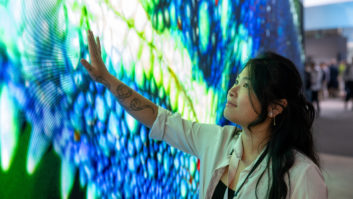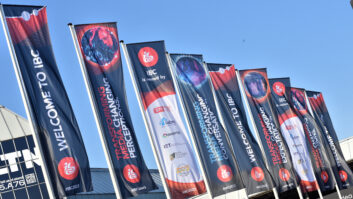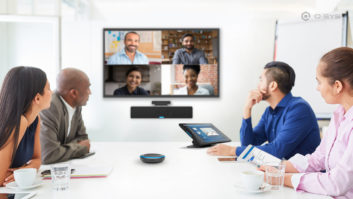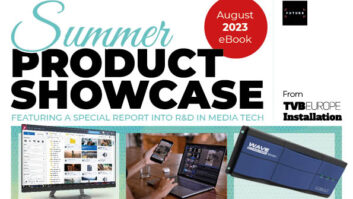
The subject of gender diversity in the tech industry is one that prompts an interesting and often contentious discussion. Some show great passion and desire for change, whilst some immediately scoff at the subject, all but dismissing its importance. Some just prefer to steer clear all together.
Regardless where you sit on the subject, the statistics in the tech industry highlight a significant imbalance, with estimates suggesting just 17 per cent of employees working in the UK tech industry being female.
Whilst specific figures for the AV industry do not appear to exist – at least publicly – the general perception from those we spoke with on the subject (end users, PR, distribution, tech press and manufacturers) suggest it to be broadly consistent. Some suggest the figure is much lower.
“I have been in the AV industry for about 18 years and I have always found the industry to be very male dominated,” Petra Van Meeuwen, marketing manager at Crestron EMEA told AVTE. “Most female roles seem to be in the back office; such as admin, marketing or PR. But when it comes to the customer facing roles; sales, technical, decision-making, you’re more often than not confronted with men.”

Sadie Groom, founder and the managing director of media tech PR and marketing agency Bubble Communications confesses that in her 22-plus years of being a part of the industry, she can’t remember “ever seeing a female AV tech.”
Diversity on show
A case-in-point, whilst not representative of the entire AV industry, are figures from the recent ISE 2018 trade show in Amsterdam, which showed just 11 per cent of the 80,000-plus attendees were female. These were consistent year-on-year.

The gender gap is something ISE’s MD Mike Blackman is keen to address, describing diversity as “a key issue” and one it wants to help the industry (current and future generations) to address using ISE as a position of influence working closely with its partners. He insists however, whilst the figure remains concerningly low, positive signs are there.

“Five years ago that figure was closer to five per cent,” said Blackman, who plans to further ramp up ISE’s drive to help and support students (both sexes) interested in AV at next year’s show. “We’ve had a massive improvement, but it’s still 11 per cent, which is still not a huge amount. We’re aiming to help address this where we can.”
Tanya Houston, co-founder of tech PR agency Wildwood PR, has worked closely with the AV industry since 2003 and a regular at all major AV trade shows.
She backed Blackman’s comments, agreeing things have improved in recent years and is seeing more females enter the space and taking top roles. However, she believes the subject is one, which must be taken more seriously by the industry as a collective, to ensure recent progress isn’t wasted.
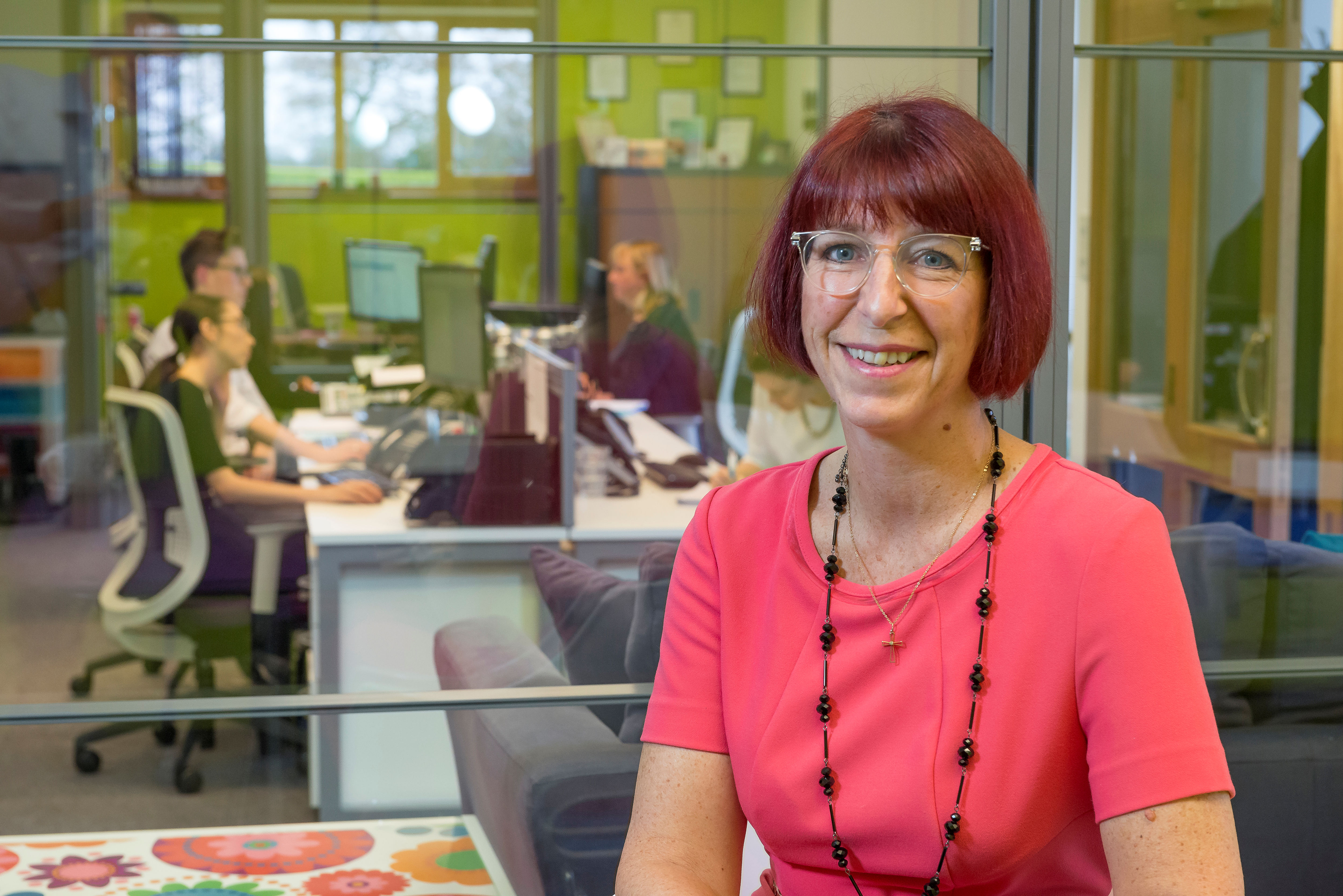
“You just have to flick through the pages of any of the industry magazines – or attend any industry event for the gender-bias to be clear; and, in general, they are a true reflection of our industry,” said Houston. “At first glance you may feel AV is a lost cause, but the reality is that things are moving in the right direction. Whilst there is no ignoring the fact that the industry is very male dominated, we have seen a significant growth in the number of women working in AV over these years – and in a variety of roles.”
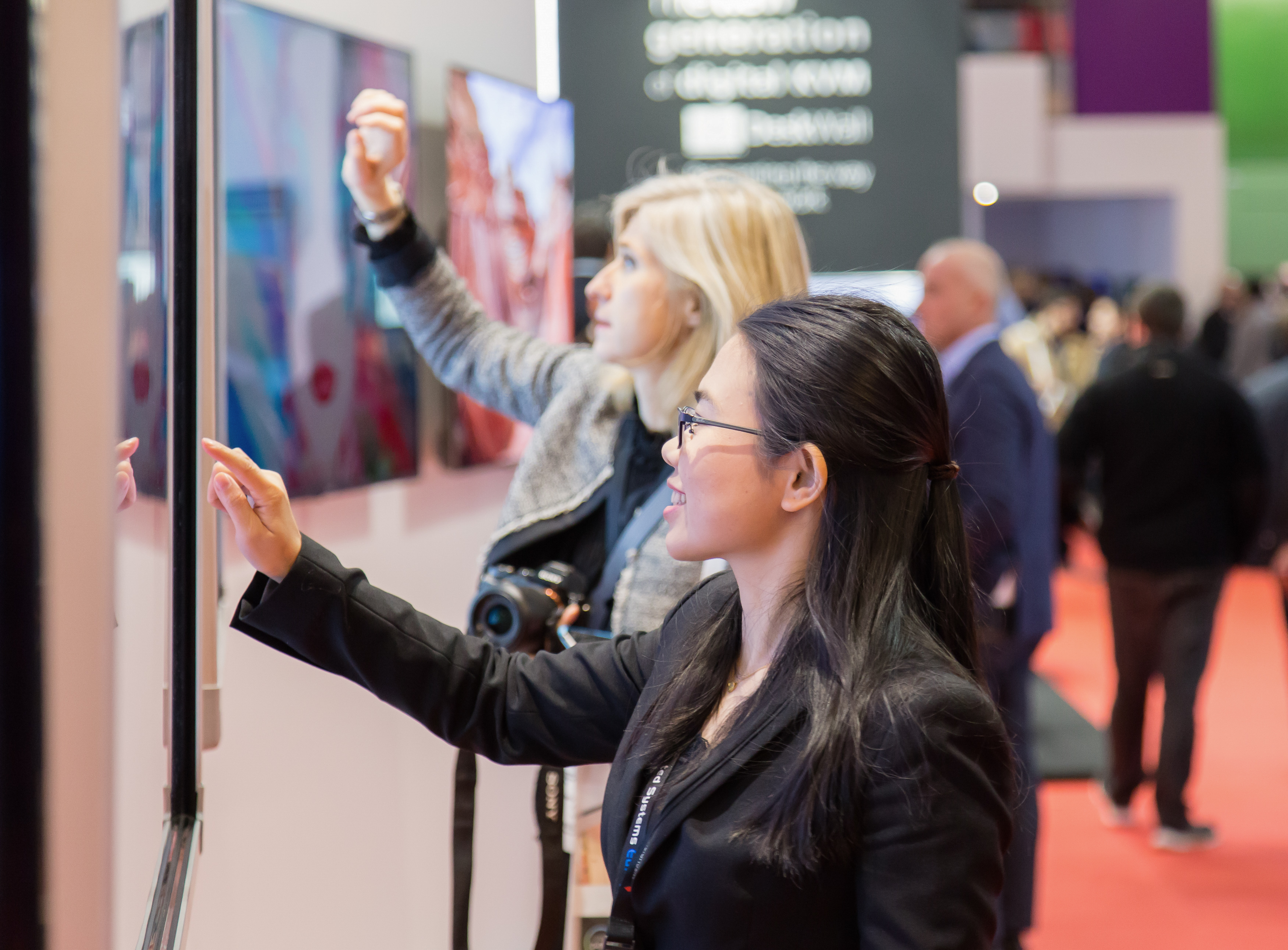
So why does the gap exist at all?
According to those we spoke with (many requested not to be named or quoted) the perception is that AV is (incorrectly) an industry suited for males.
“It’s not only perceived this way – it’s the reality,” argues Megan Dutta, co-founder of US-based group Women of Digital Signage. “It’s not just in AV, but in tech across the board.”
Van Meeuwen agreed: “When it comes to the decision-making jobs, I see more men than women. It’s the reality.”
There are many arguments on why this is the case.
Education
One of the more consistent reasons given for the disparity, lands at the feet of, not with the industry itself, but at school level. Many we spoke with – both on and off the record – suggest a career in AV (in all its various guises) is simply not one encouraged towards young women during their years in determining what it is they want to do for a career. (Some argue it’s not encouraged at all, with many – both males and females – claiming to have fallen into the industry rather than pursuing it
With the industry now evolving and incorporating numerous technologies – thus creating new roles (including IT) –working in the AV industry can be hugely varied and rarely stagnated. Coupled with the fact entry-level positions often (not always) requiring minimal qualifications and/or experience, the opportunities are extremely vast for young people.
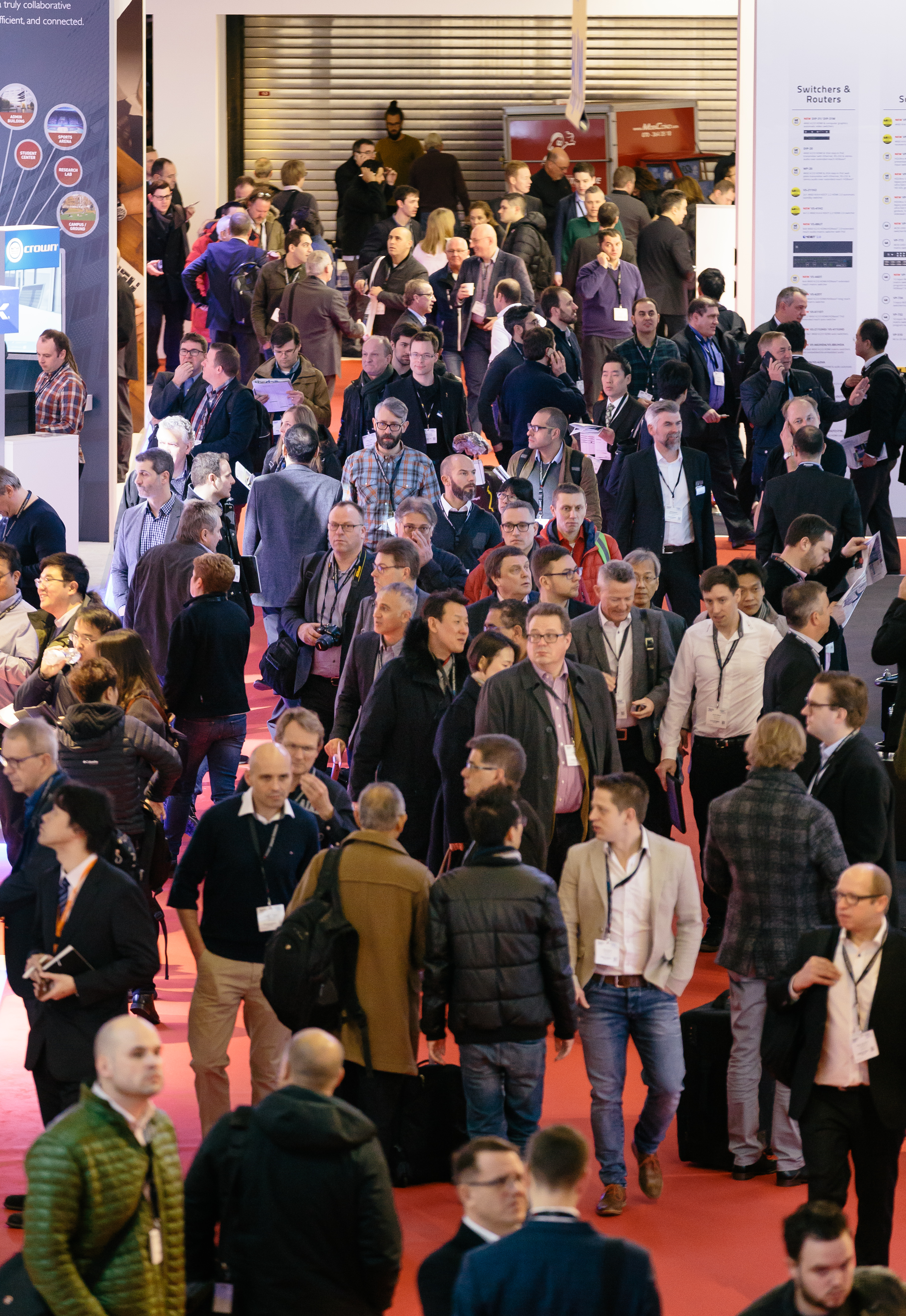
However, a blockage still remains: “Women just don’t seem to feel enamoured to be involved in this business – certainly not on the technical side,” said Blackman. “That needs to change. It needs to be made clear that there are equal career opportunities [in the AV industry] and there are ways to move forward. Strength is not a key asset in AV. Awareness is something that needs to start at school level, learning about the opportunities and providing the information for people to say ‘that’s a direction they want to go in.’”
Old school values
He continued: “When I went to school, the girls learned how to type and things like that as part of the curriculum. As boys, we didn’t. So they were driven and guided towards more administrative and secretarial jobs. Yes, things may have changed, but I believe if they start at a young age and are shown technical jobs as a route for them, then their interest can peak very early.”
Dutta agreed, adding the AV industry must also share the desire to want to change rather than just paying it lip service.
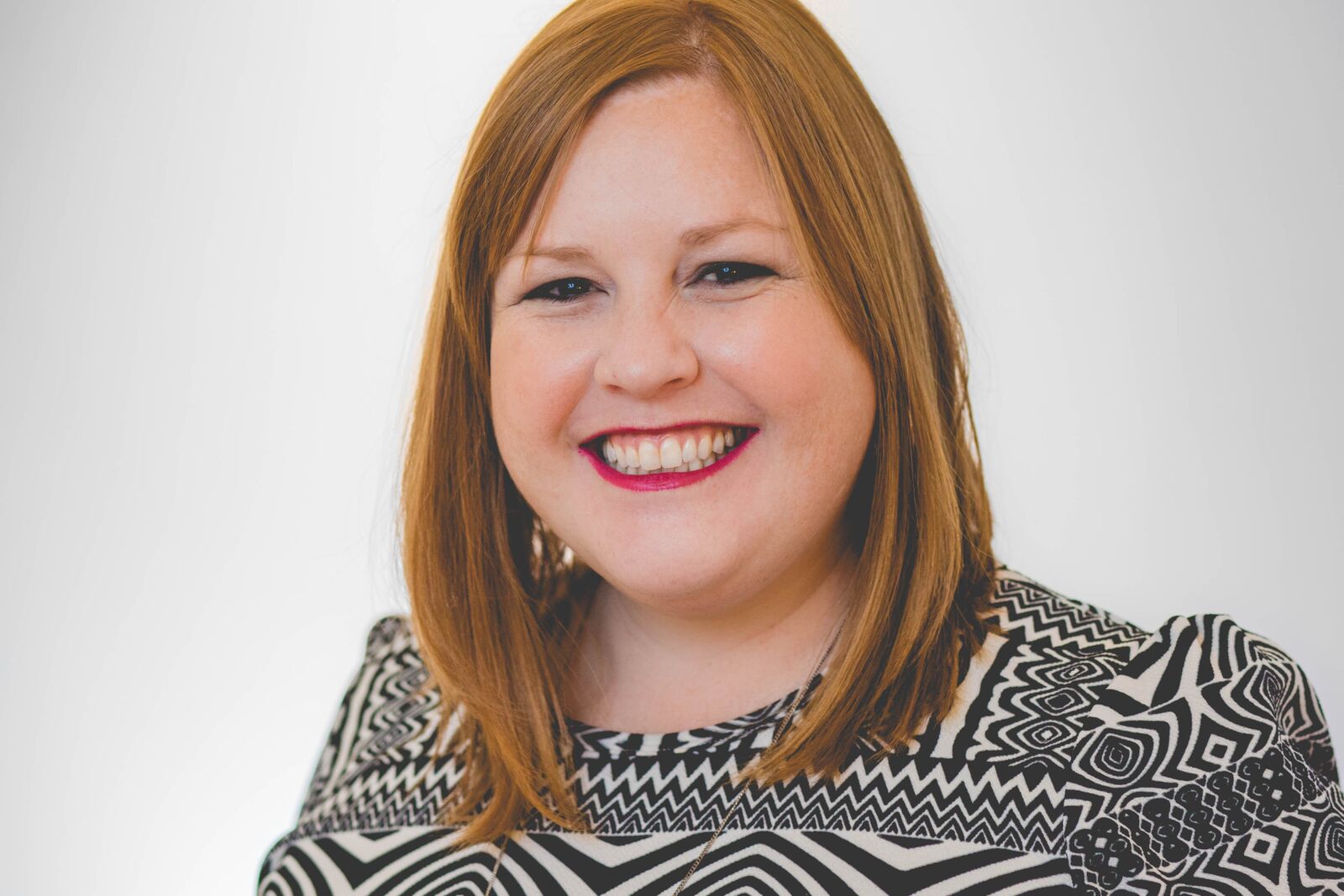
“In today’s world, I believe the problem originates with attracting girls to STEM. But, as girls turn into women, there are many, many other factors at play. For example, we need to ensure females are not only sat at the proverbial table, but that they are welcomed and wanted. I would be remiss if I didn’t mention that the same is true for people of colour. The number of women and people of colour in leadership positions are staggeringly low, and even lower in the tech sector. We need to lift as we climb.”
Houston added that education is only one part of a very complex algorithm to addressing the situation, suggesting that working with technical colleges and universities to highlight and promote potential careers in AV is a way forward.
“The answer is a complicated mix of cultural, environmental, and personal factors,” she explained. “Some are caused by women making conscious decisions about what they want to do with their lives, often in childhood. There are statistics out there that show how views are formed at an early stage on the type of career paths open to genders.”

Groom joked: “We all end up in jobs because we’re told we are good at something or that we are suited to doing something. I remember being told by my career advisor I should be a chef, which is ridiculous, as I can’t cook.”
Industry efforts
The industry is making conscious efforts to address the gender gap. Many manufacturers are said to be active in their local communities, encouraging students/graduates to pursue a career in AV through apprenticeship schemes and internships.
Groups such as the AVIXA Women’s Council, Women of Digital Signage and Women In AV (WAVE) have been set up to actively address and encourage a career in AV for women, but also to provide support to help them excel within it.
“Things have certainly improved since I began my career in the AV industry over a decade ago,” said Dutta. “Groups like these allow women to gather, network, and create mentorship programmes for young women.”
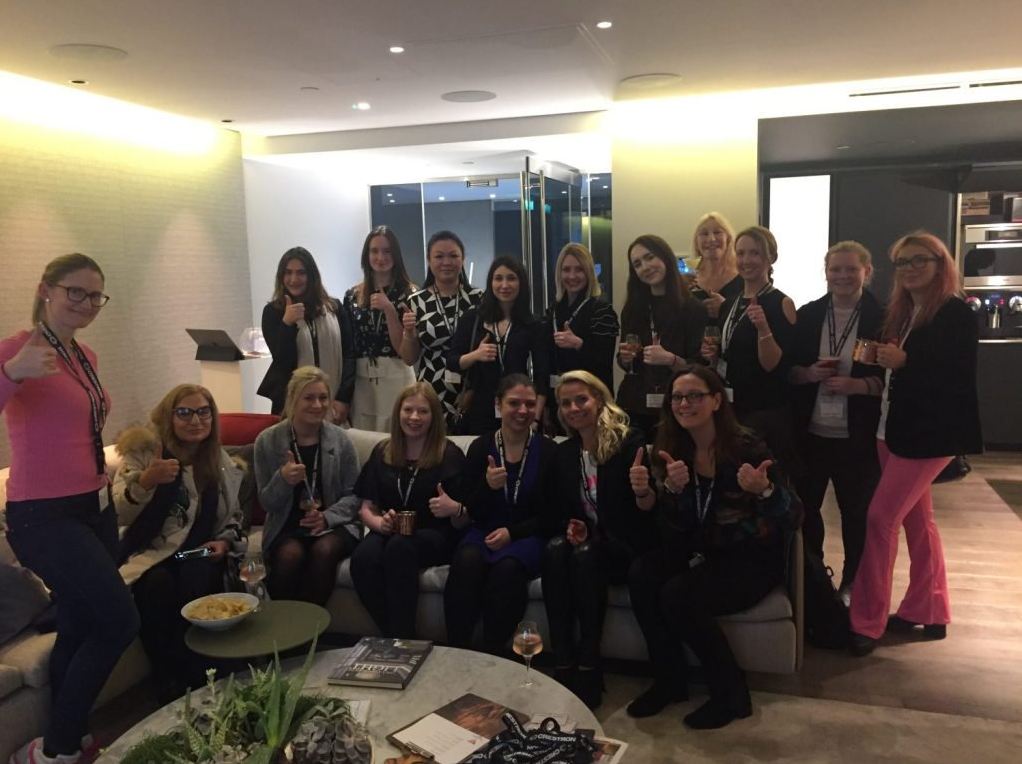
Role models
Another key to encouraging women to pursue a career in AV is through having role models.
Groom, who is heavily involved with WAVE in the UK, whilst also running her own group for women in the broadcast industry – RISE – explained how she grew up wanting to be Karren Brady.

Dubbed by the media as ‘the first lady in football’ having become the first female CEO of a football club (Birmingham City, now West Ham) Brady, has gone on to become one of the most inspirational business-women in the world – amassing a fortune in excess of £83 million.
Groom said the growing number of women working and holding senior positions within tech and AV industry will help change the perception as well as provide something for them to aspire to achieving and encourages those in such positions to make themselves known and voices heard.
“Role models for people to look up to and aspire to become are essential for every industry,” said Groom. “I don’t have the figures yet for the AV sector, but in the broadcast tech sector, there are less than two per cent female CEO’s.
“If you look into an industry and all you see is pictures of men receiving awards, or pictures of people working on a live event and they’re all men – you’re not going to be inspired or encouraged to be a part of it.
“I’ve done 20 IBC events and 10 ISE events. The number of women, or lack of women, didn’t have an impact on me until I started growing my business. I was looking around for other senior women to have as a role model, but I couldn’t see or find any. I could see some on the marketing side, but from the side of the manufacturers, the dealers, the distributors – they just were not there.
She continued: “They (AV manufactures) all acknowledge they need to do more. I think it gets put on the back burner, because business gets in the way. These companies need a champion. There are some very good senior women out there.”
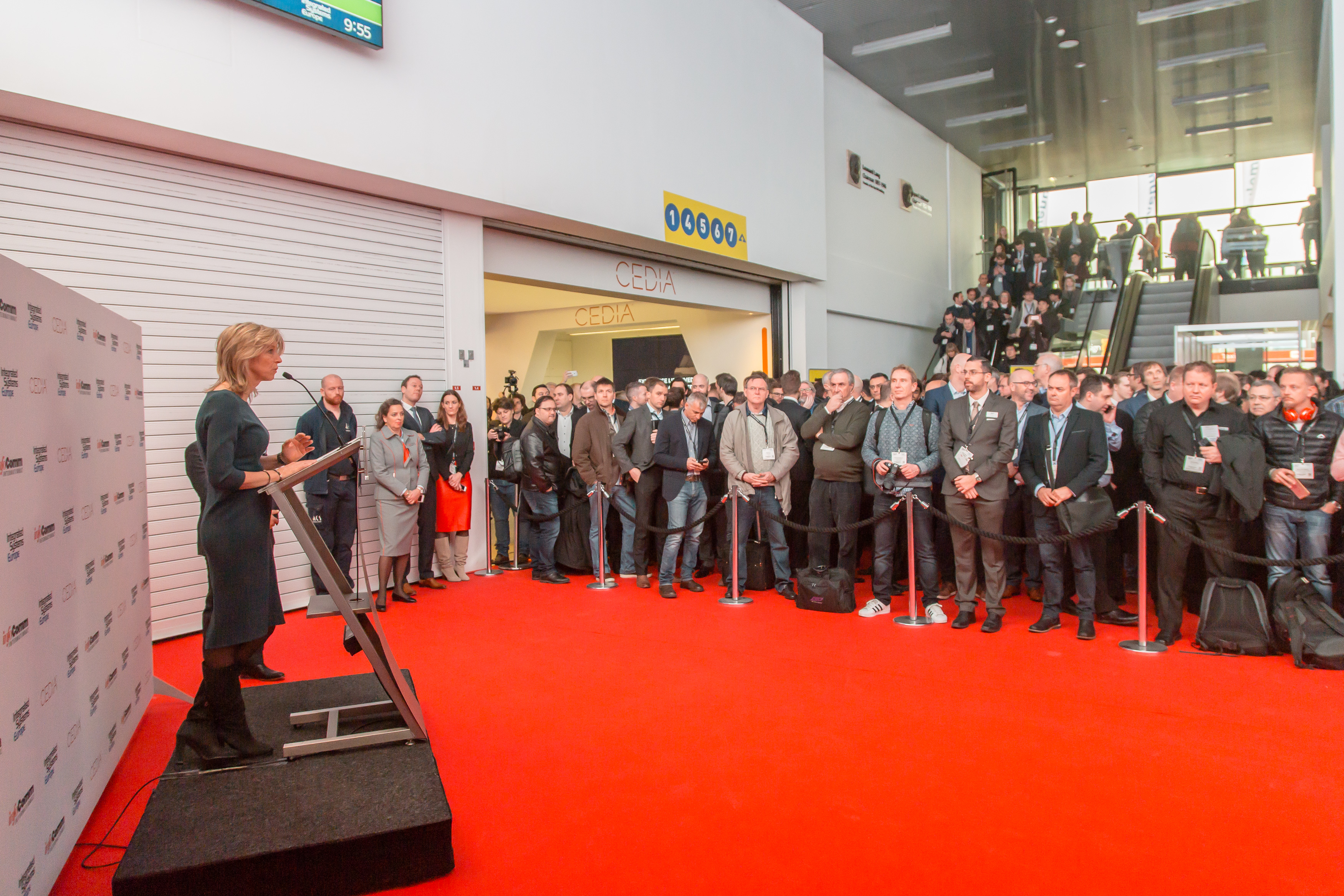
Loud and proud
Houston agreed, believing women working in the industry today can help inspire existing and future generations by raising their own profiles, making their presence felt and voices heard at events and through the press amongst others.
“There are a few role models in our industry that work hard to highlight good practice and provide thought leadership,” she explained. “Some familiar names and faces can be seen in the media and at industry events, but we need more. People need to find the time to participate – it’s a cliché, but the more you put in, the more you get out.”
Blackman agreed: “There are definitely a lot more voices in the industry now pushing women into management positions.When women see that they’re not just in the lower levels and see others excel into more senior management positions, then it inspires others. Every business wants the right person for the job, whether that’s male or female, but what we’re trying to do is encourage more women to compete to be the best.”

‘The companies that succeed in fostering effective leadership, sustained by a diversity of both practices and gender, will gain a unique opportunity to develop a competitive edge that latecomers will find hard and long to acquire’ – The McKinsey & Company, Women Matter, report
Society shift
Society is also seen as another obstacle to overcome, with some feeling that old fashioned and out-dated attitudes towards females in the workplace – whilst improving – still remains an issue in some circles.
Some of those we spoke with also suggest they still witness and experiences high levels of sexism creating an impression that women are inferior or less capable than men.
As a regular traveller, Groom says that sexism remains ripe in society, noting she almost “always” witnesses some form of negative or insulting reaction when a female pilot makes a pre-flight address, something “never” repeated when it’s male.. From an AV perspective, she says how she has often been at or taken part in tech conferences, where sexist remarks have been made, or people get up and leave when a female speaker takes to the stage.
One such sexist remark was made just moments before she herself took to the stage to give a keynote speech
“A broadcast manufacturer flew me out to do a talk at their conference in Helsinki, which included 140 men and two women,” she explained. “The man speaking before me concluded his presentation saying that it was so simple a woman could understand it. I just had to laugh at him as I’m so used to it. You could see there were a few uncomfortable faces around. Those types of sayings and those types of comments really don’t help. I just asked them not to all leave the room because they might learn something and because I bet some of them have a daughter, a sister or a niece.”

Trade (no) shows
Dutta, who is also a successful tech journalist – currently editor of Systems Contractor News (SCN) – added whilst she has rarely experienced issues related to equality herself, she still sees glimpses of it at AV tradeshows – noting how women are used to help grab attentions by wearing provocative outfits.
Calls for ‘degrading’ booth babes to become extinct’ – full story here
Whilst such scenes are becoming increasingly rare, she believes the few that do remain are having a negative impact.
“For the most part, I’ve been treated as an equal, but this is not to say that’s always the case for me or other women.There is definitely an inherent bias when it comes to being a female in the industry. CES still allows exhibitors to have booth babes. This is not a car show, it is a professional tradeshow. Having women in skimpy outfits to attract visitors is off-putting for most women. It also degrades female tech experts. Imagine working in your company’s booth and being dismissed simply because people assume you are hired talent. That’s a story I hear over and over again, and we need to change. I am proud to have been a part of the InfoComm Exhibitor Committee where we worked with AVIXA staff to create a professional dress code for exhibitors.”
Houston concluded the discussion insisting solving the issue must be a collective effort, adding companies that act quickest, will be the ones that benefit: “We all have a responsibility to break this age-old conditioning,” she said. “You could ask, ‘why bother trying to address the gender balance’, but in my view, actively fostering an equal workplace is good for innovation, good for employees and good for business.”
